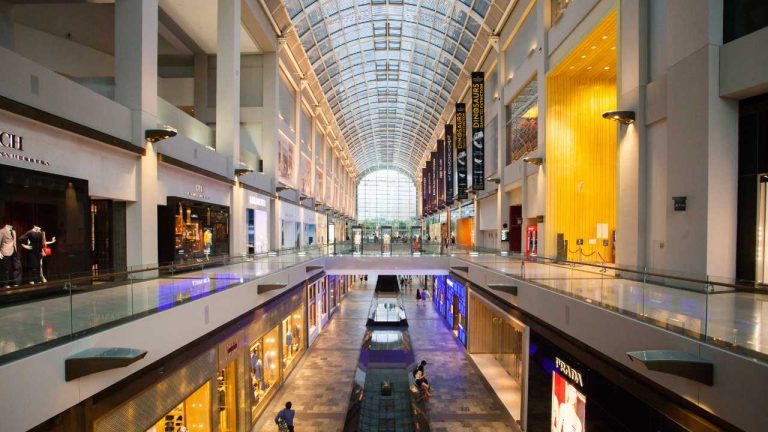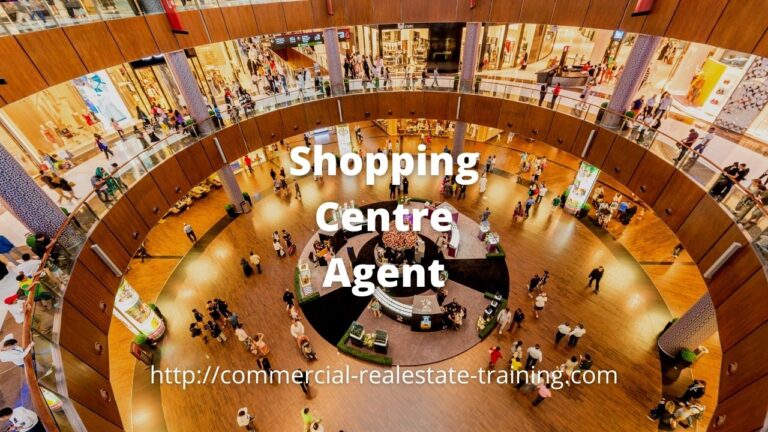Things to Do with Shopping Center Outgoings Budgets
The outgoings management process within a shopping centre is complex. The property type is diverse and on that basis the outgoings management process can be quite a challenge. That is why the budgeting of outgoings forms a significant part of the property business plan each year.
The larger the property, the more complex the review of outgoings can be. You need to allow for fluctuations in tenancy activity, customer visits, property age, and the property design.
At the very basic end of outgoings analysis, you can split your operational costs for the building into two separate segments. They are the controllable outgoings, and the uncontrollable outgoings. By definition, the outgoings that are uncontrollable are the ones that are related to rates and taxes at a state and municipal level. They are uncontrollable because they need be paid regardless of anything else. They can also impose a significant drain on net income when payments are required.
So let’s look at some other tips and ideas that relate to shopping centre outgoings analysis:
- The age of the property will have something to do with the intensity of repairs and maintenance. Consult with the maintenance staff within the building to understand the strengths and weaknesses of plant and equipment performance.
- Some larger items of plant and equipment will require replacement throughout the year. The maintenance staff should be well aware of those larger items and capital costs. Capital expenditure is normally isolated within the shopping centre budget given the different perspective that applies to those costs from a taxation point of view.
- So let’s go back to the standard review of typical operational costs within a retail property. Understand the averages that apply to the property type within each level of expenditure. It is wise to compare outgoings across the industry and between competing properties. Shopping centre managers will usually share this information at professional level. Your retail property should fall within the averages when it comes to operational occupancy costs. On that basis the market rental for the property can be fair and reasonable for location and the tenants in occupancy.
- The cash flow for a shopping centre should be timed as to income and expenditure. The controllable outgoings should be budgeted for outlay a particular time when the cash flow from the rental recoveries can tolerate the expenditure. These decisions need to be balanced against property performance and operational capability for both customers and tenants. The maintenance for a property should only be postponed if it is safe to do so.
- Understand the tenant mix and the vacancy factors that apply to the asset. A property under full occupancy will place reasonable pressure on cleaning strategies, electricity consumption, and presentational issues. Make sure that your property is well presented at all times. Customers will soon shift their shopping habits if the property does not present well.
- The history of the expenditure from the property over time will give you some valuable information of expected expenditure and upcoming occupancy costs. Some property managers simply index the expenditure from last year by a fixed percentage for the coming year. That strategy is fraught with danger given that the property this year is potentially totally different than last year and may have extra demands on property use and configuration. The rates and taxes for the property will also escalate (rarely do they go down).
Given all of the above factors, review the future of the property with the landlord to understand how they see the property ownership within their portfolio and how long they intend to own the property. Given that the expenditure for the property will impact the net income, careful decisions need to be made when it comes to controllable and uncontrollable outgoings.





